
The city is making efforts to implement many solutions to make Cat Ba Island the first carbon-free destination in Vietnam.
Green transportation
Jean-Luc Moreau, a French tourist who has been to Cat Ba Island three times, said that this return surprised him because there have been many changes here. He was especially impressed with Cat Ba's current green transport system. Jean-Luc Moreau said that in 2018, the first time he came to Cat Ba, he had to wait for the ferry for many hours. Motorbikes and cars jostled each other to get off the dock. Now, he sits in the Phu Long cable car cabin to admire Cat Ba with its charming beauty. "The air is cleaner, the island is quieter. From the cable car to town, I saw many electric buses and electric taxis taking passengers to the town center," commented Jean-Luc Moreau.
The Cat Hai - Phu Long cable car route significantly reduces the number of motor vehicles on the island. Electric buses and electric taxis cover the central routes. Electric buggies and bicycles have also become the main choices for tourists in Cat Ba. New walking routes have been expanded, allowing visitors to access beaches and sightseeing spots without the need for motor vehicles.
According to Associate Professor, Dr. Pham Trung Luong, former Deputy Director of the Institute of Tourism Research: “Green transportation is a necessary direction. Cat Ba can approach the ecological island model like Lamma (Hong Kong), where there is almost no vehicle exhaust. International tourists highly value green experiences. This is the key to attracting high-quality visitors to the green island of Cat Ba.”
The changes that international tourists feel when returning to Cat Ba are the result of the city's green transport efforts, aiming to turn Cat Ba into Vietnam's first carbon-free tourist island.
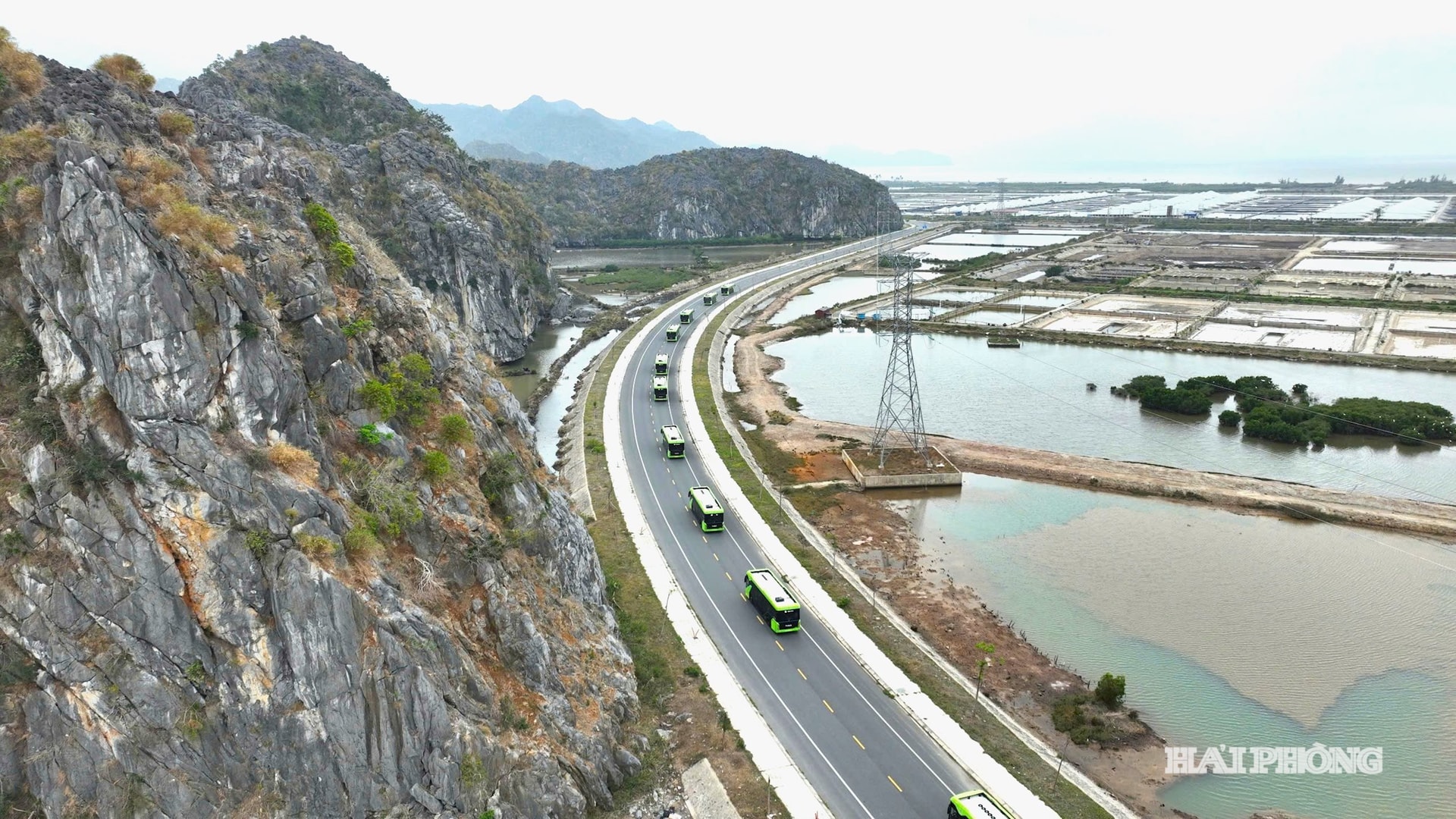
Green transportation systems are becoming more and more popular on Cat Ba Island. In the central area of Cat Ba Island, all passenger vehicles have switched to electric buggies. The city is also expanding Dong Bai ferry terminal, upgrading the access road to Cai Vieng terminal, creating conditions to limit gasoline vehicles in the coming years. On Lan Ha Bay, kayaks and low-emission passenger watercraft are encouraged to develop...
Notably, the People's Committee of Cat Hai special zone issued a Green Transformation Plan for the Viet Hai community tourism site in the period of 2025 - 2030. Accordingly, by 2030, 100% of tourist facilities will meet green criteria. All means of transport here use clean energy. Families sort waste at source and the entire lighting system uses solar energy.
Community response

The National Geographic Traveler (USA) has just included Cat Ba in the list of “The best islands in Southeast Asia”. In the review, the magazine noted that the trend of developing green transportation is creating a different appearance for the island. Limiting motor vehicles, replacing them with cable cars, electric buses, electric buggies or bicycles makes the pace of life on the island slower and more peaceful. For tourists, this clean transportation system brings the feeling of exploring a truly ecological island.
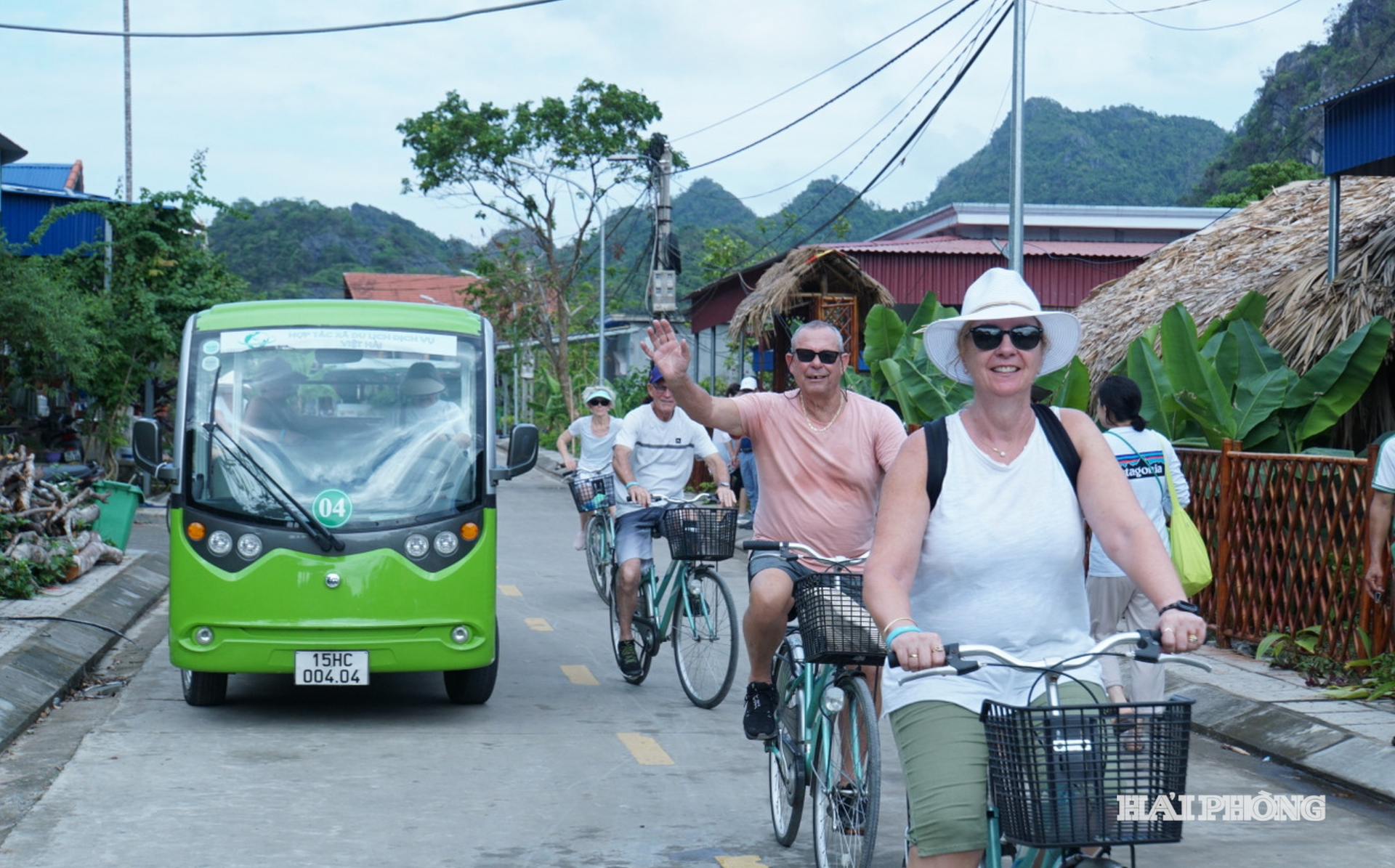
These positive changes come not only from investment projects but also from the response of the community itself. Cat Ba residents are gradually changing their travel habits. They choose clean vehicles to suit the common goal. Mr. Nguyen Van Hinh, owner of a seafood shop near the sea, said: "My family has given up gasoline-powered motorbikes and switched to electric vehicles for more than a year now. Electric vehicles run smoothly, have no smell, and are more sympathetic to customers. Keeping the island clean will make customers come back." On many streets in town, the image of people riding bicycles, electric bicycles or electric vehicles is becoming more and more popular, creating a natural and sustainable green lifestyle.
Investor Sun Group is implementing a strategy to build a green transport system for the center of the island. At Phu Long cable car station, a large-scale parking area combined with a charging station is being formed, ready to serve both public transport and private vehicles using clean energy. From here, a fleet of electric buses operated by Sun Group will seamlessly transport passengers to the center of town. In the central bay area, where many tourists gather, a system of electric buggies, public bicycles and walking routes are prioritized to absolutely limit the appearance of gasoline-powered vehicles in the core area.
The Cat Hai Special Zone authorities have identified green transport as one of the key objectives for the 2025-2030 period. Hoang Trung Cuong, Permanent Vice Chairman of the Special Zone People's Committee, emphasized: "The Special Zone will gradually limit gasoline vehicles, moving towards only granting licenses for clean energy vehicles. This is a mandatory direction if we want to protect the environment and retain international tourists."
According to the plan, the network of electric charging stations will cover the main traffic axes. New electric bus routes along the central circle and towards Viet Hai are being studied to be put into operation from the 2026 tourist season. Not only roads, waterways are also oriented to green conversion. The city is surveying the roadmap to replace passenger ships using oil with ships that reduce emissions or hybrid electric. Some tourism businesses have also proactively improved their engines, using environmentally friendly fuels to meet new requirements.
People are switching their vehicles, the government is planning and issuing appropriate regulations, businesses are investing… all are turning green transportation from a policy into a habit of living. Cat Ba is gradually moving towards the goal of becoming the first carbon-free tourist island in Vietnam, where green transportation becomes an advantage.
HAI MINHSource: https://baohaiphong.vn/giao-thong-xanh-de-cat-ba-phat-trien-ben-vung-527183.html








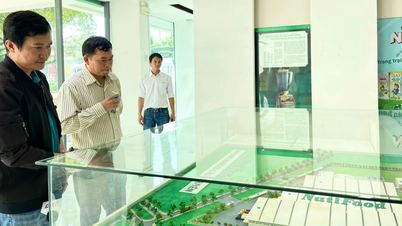

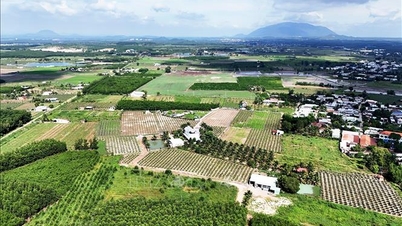

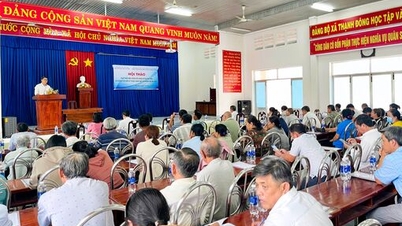



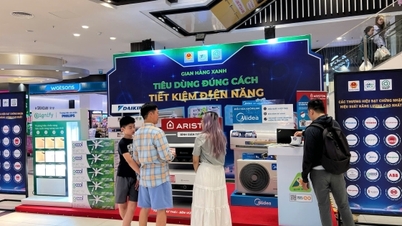

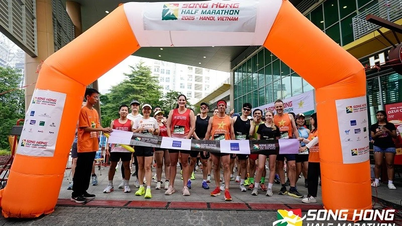



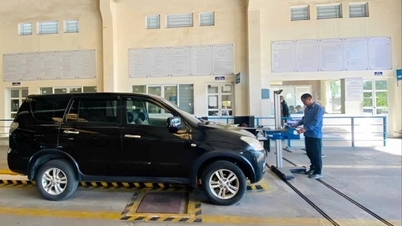



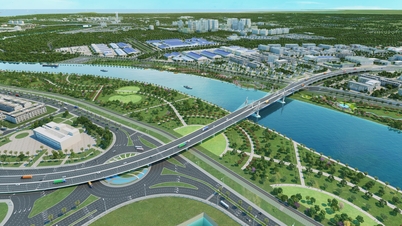





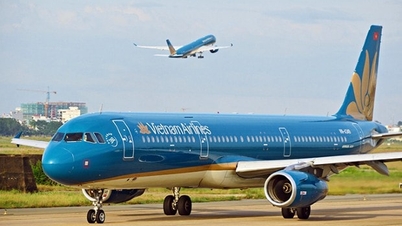












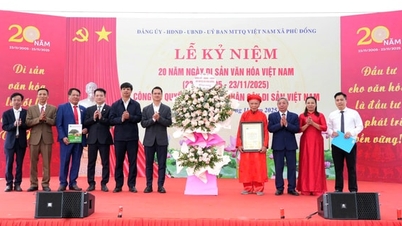





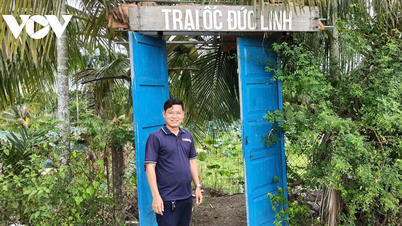

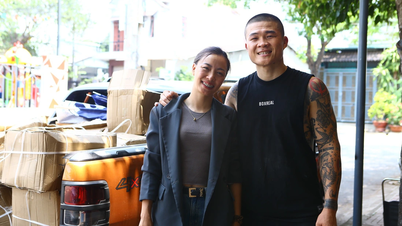




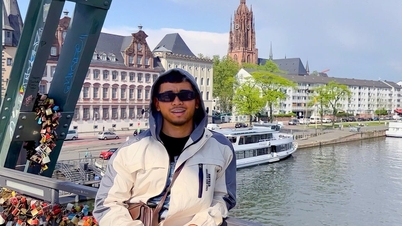


































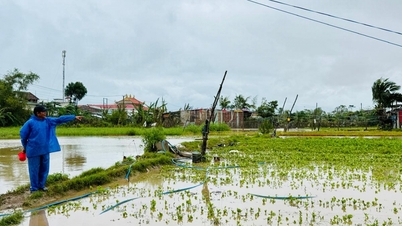

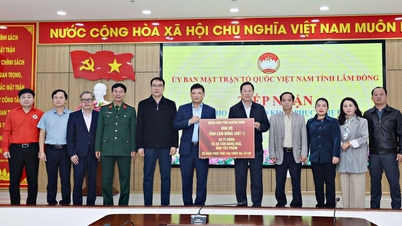

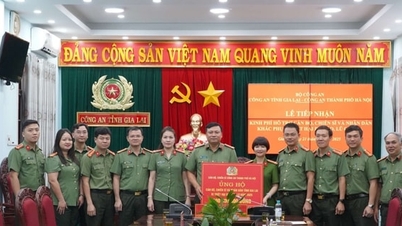
















Comment (0)